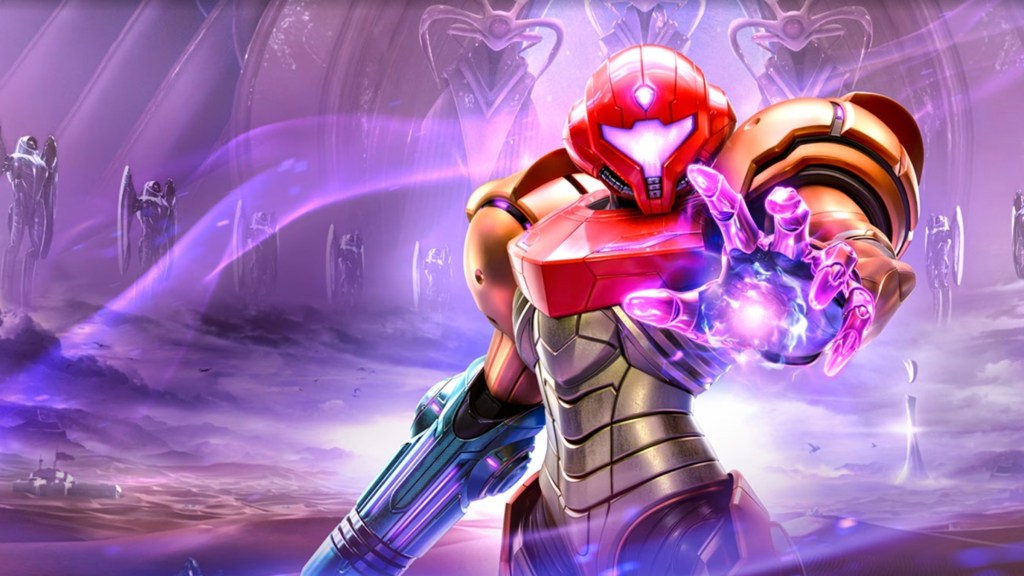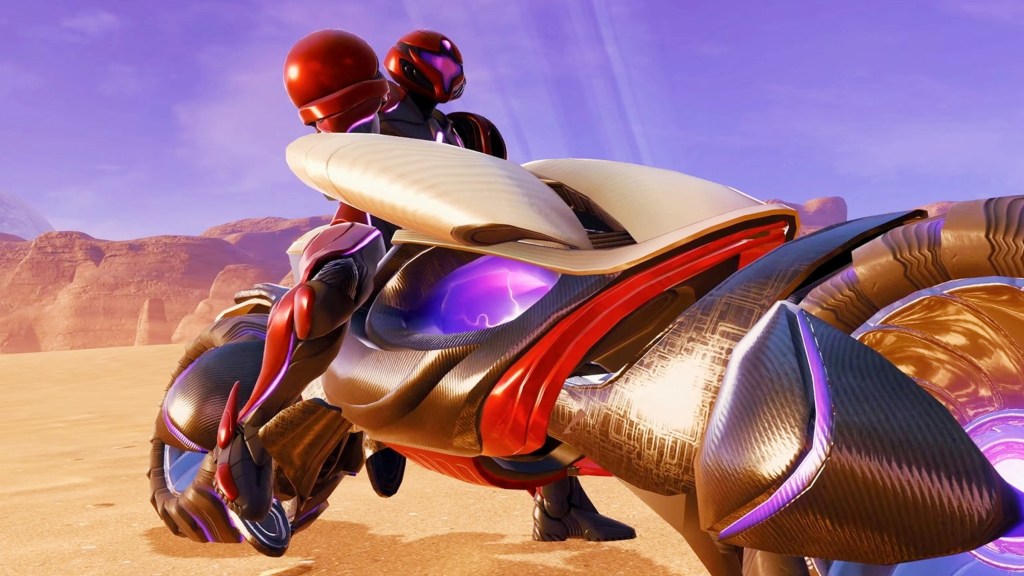Metroid Prime 4: Beyond has been one of the most anticipated games on the Nintendo Switch and Nintendo Switch 2. Excitement is reaching an all-time high as it nears its December 4th release date. When it arrives, players will be jumping in to discover Samus’ next journey, but a decision faces them before they can start playing. For the first time, a 1st-party Nintendo game offers the choice between Quality and Performance Mode, allowing players to choose between the two. As this is new for Nintendo, some fans may be unfamiliar with the two and be unsure of which to select.
Videos by ComicBook.com
The option comes down to a simple choice: do you want Metroid Prime 4 to look more impressive visually, or do you prefer gameplay to feel smoother? There is more surrounding the choice, but this is the primary difference between Quality and Performance Modes. The game will still look good and run well either way, but here is an in-depth explanation between the two.
Metroid Prime 4’s Quality Mode Offers 4K Gameplay

The first choice when playing Metroid Prime 4 is Quality Mode. As the name suggests, this focuses on showcasing the world in its most detailed and visually impressive form. It offers 4K graphics while docked or 1080p when in handheld mode. This mode prioritizes visual fidelity, pushing textures, lighting, and particle effects to the maximum potential. This will make Metroid Prime 4 one of the most visually impressive games on the Nintendo Switch 2, especially in its open world areas with the bike.
The trade-off for this is performance. It will lock gameplay at 60 frames per second. This is considered the norm for modern games, but some players prefer to push past these boundaries. Unfortunately, this is the price one has to pay for 4K graphics. Though, this is better than many other Nintendo games that are locked at 30 FPS.
Metroid Prime 4’s 120 FPS Performance Mode

On the other side of this is Performance Mode. Here, Metroid Prime 4 prioritizes responsiveness and fluidity, offering up to 120 FPS. This is a staggering leap for Nintendo games, as most games cap at 30 or 60 FPS. The benefits of Performance Mode extends beyond numbers, as movements feel smoother, aiming is more precise, and the world feels more fluid.
Like its other mode, there is a trade-off, but in graphics. Resolution suffers to account for the enhanced FPS and gameplay. Metroid Prime 4 is locked to 1080p while docked and 720p in handheld when using Performance Mode. Those who don’t mind a hit to visuals will find this mode to be the best way to play for its fluid gameplay.
The Future of First-Party Nintendo Games
Metroid Prime 4 offering Quality and Performance Mode is a huge step for the company. It shows they are heading toward a more modern direction, as both Sony and Microsoft have adopted these options already. With Nintendo likely focusing on the Nintendo Switch 2 and dropping support for the Switch, this may be the norm going forward for its games.
If this is the case, fans can hopefully see series like Mario and The Legend of Zelda offering the choice between Performance or Quality Mode. This would make the iconic plumber’s platforming feel ultra-responsive while Hyrule will be breathtaking in 4K visuals. It remains to be seen if other games and series adopt this change, but it shows that Nintendo is making an effort to get with the times, and Metroid Prime 4 will be the vanguard on this charge.
What do you think? Leave a comment below and join the conversation now in the ComicBook Forum!









